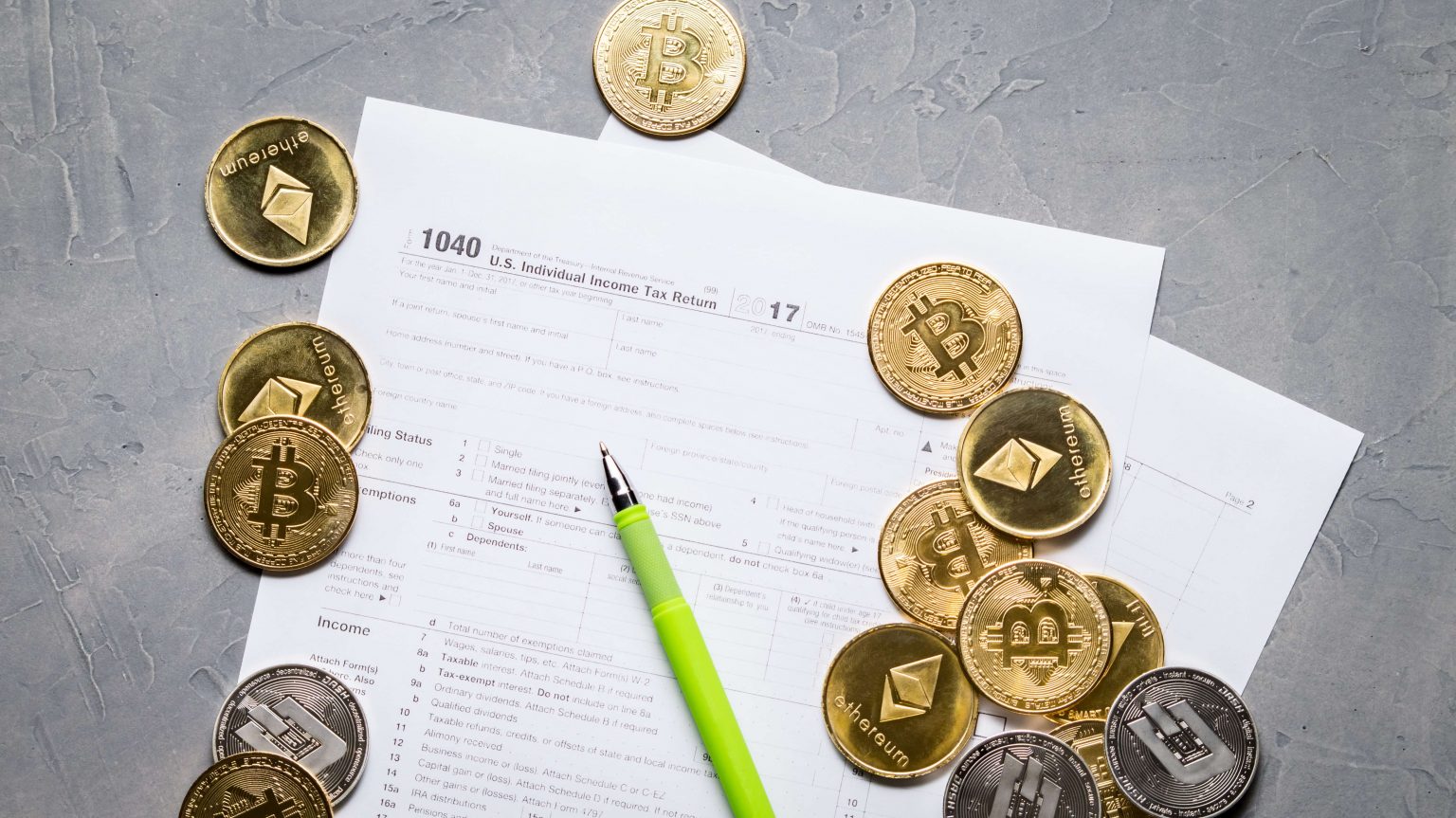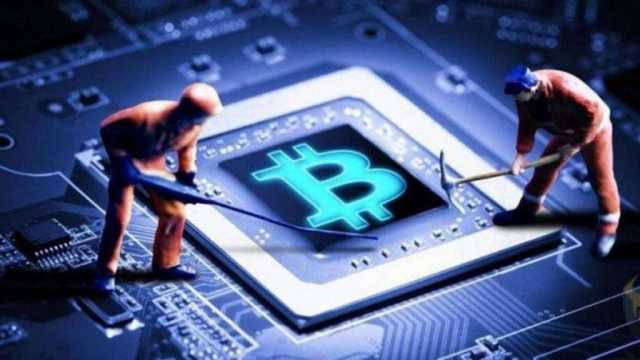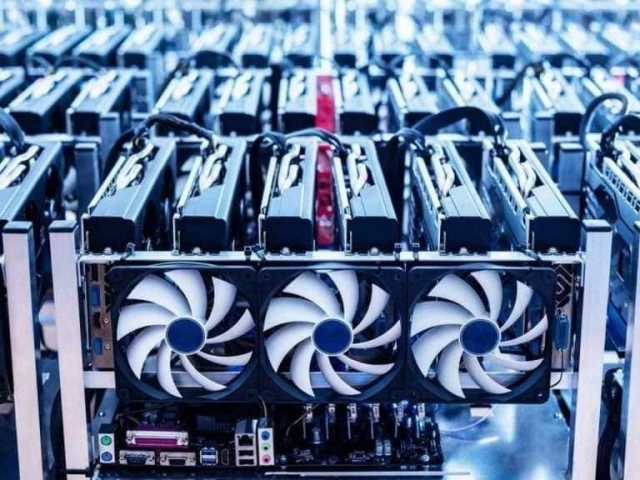
Ethereum, conceptualized in 2014 by programmer Vitalik Buterin, stands as a monumental pillar in the world of blockchain technology. At its essence, Ethereum is a decentralized, open-source platform powered by its native cryptocurrency, Ether (ETH). Unlike traditional systems that operate on centralized servers, Ethereum runs on a vast, interconnected network of computers, known as nodes. This globally dispersed setup ensures that the platform remains resilient against single points of failure and censorship. A smart contract is simply a programmable agreement that runs on a blockchain. This technology allows users to digitize conditions governing the relationship and interactions between the two parties involved in a transaction.
- The wallet acts as a secure interface, ensuring user actions are signed and appropriately authenticated, thus safeguarding digital assets while leveraging the decentralized ecosystem.
- The Ethereum platform was launched in 2015 by Buterin and Joe Lubin, founder of the blockchain software company ConsenSys.
- Ethereum uses the same technology behind Bitcoin, a blockchain, which uses a shared, decentralized public ledger to decentralize the network so it’s not under the control of just one entity.
- A DAO is a fully autonomous, decentralized organization with no single leader.
Ethereum roadmap
- Users pay ETH to other users to have their code execution requests fulfilled.
- As cryptocurrencies became more popular, the SEC ramped up its enforcement of digital assets (doubling the size of its crypto investigations unit in 2022 and 2023).
- You can propose edits to any of the content on this site, suggest awesome new features, or help us squash bugs.
- How Ethereum works is by removing the need to trust lots of apps with private information.
- If you’re new to crypto, here’s how ETH is different from traditional money.
This came on the back of the first mainnet shadow fork — to test the transition to PoS on Ethereum — that was successfully implemented on April 11, 2022. In addition to the high cost of transactions, the leading altcoin also suffers from scalability issues. There are plans, however, to transition the network to a proof-of-stake algorithm tied to the major Ethereum 2.0 update, which launched in late 2020.
More on the Ethereum protocol

In order to do so, please follow the posting rules in our site’s Terms of Service. A visual representation Ethereum, one of the leading cryptocurrencies. You can help secure Ethereum and earn rewards at the same time by staking your ETH.
Decentralized applications (dapps)
Proof-of-stake differs from proof-of-work in that it doesn’t require the energy-intensive computing referred to as mining to validate blocks. It uses a finalization protocol called Casper-FFG and the algorithm What is Ethereum LMD Ghost, combined into a consensus mechanism called Gasper. Gasper monitors consensus and defines how validators receive rewards for work or are punished for dishonesty or lack of activity.

How do users interact with Ethereum?
Generally, you link a bank account with your wallet and transfer funds to the exchange to begin trading. A lost private key can be recovered using the wallet’s seed phrase, provided it was securely backed up during the setup. The easiest way to buy https://www.tokenexus.com/ in Ethereum is by using a cryptocurrency exchange. We’ve compiled a list of the best exchanges where you can buy Ethereum. On this page you can find key details of these exchanges, as well as links to their individual reviews and user guides.
- An internet connection is all you need to access Ethereum and the lending, borrowing and savings products built on it.
- Also, having a scalable and efficient ecosystem will empower developers to create more sophisticated applications.
- As already mentioned, there are plans to transition to a proof-of-stake algorithm in order to boost the platform’s scalability and add a number of new features.
- A startup working on one particular DOA project, aptly named ‘The DAO’ got hacked.
- Many actions on the Ethereum network require some work to be done on Ethereum’s embedded computer (known as the Ethereum Virtual Machine).
